The sustainable materials you need to know about in 2020
These sustainable materials can transform the way you dress, decorate your home, and more. They are the future – why not make the switch now?
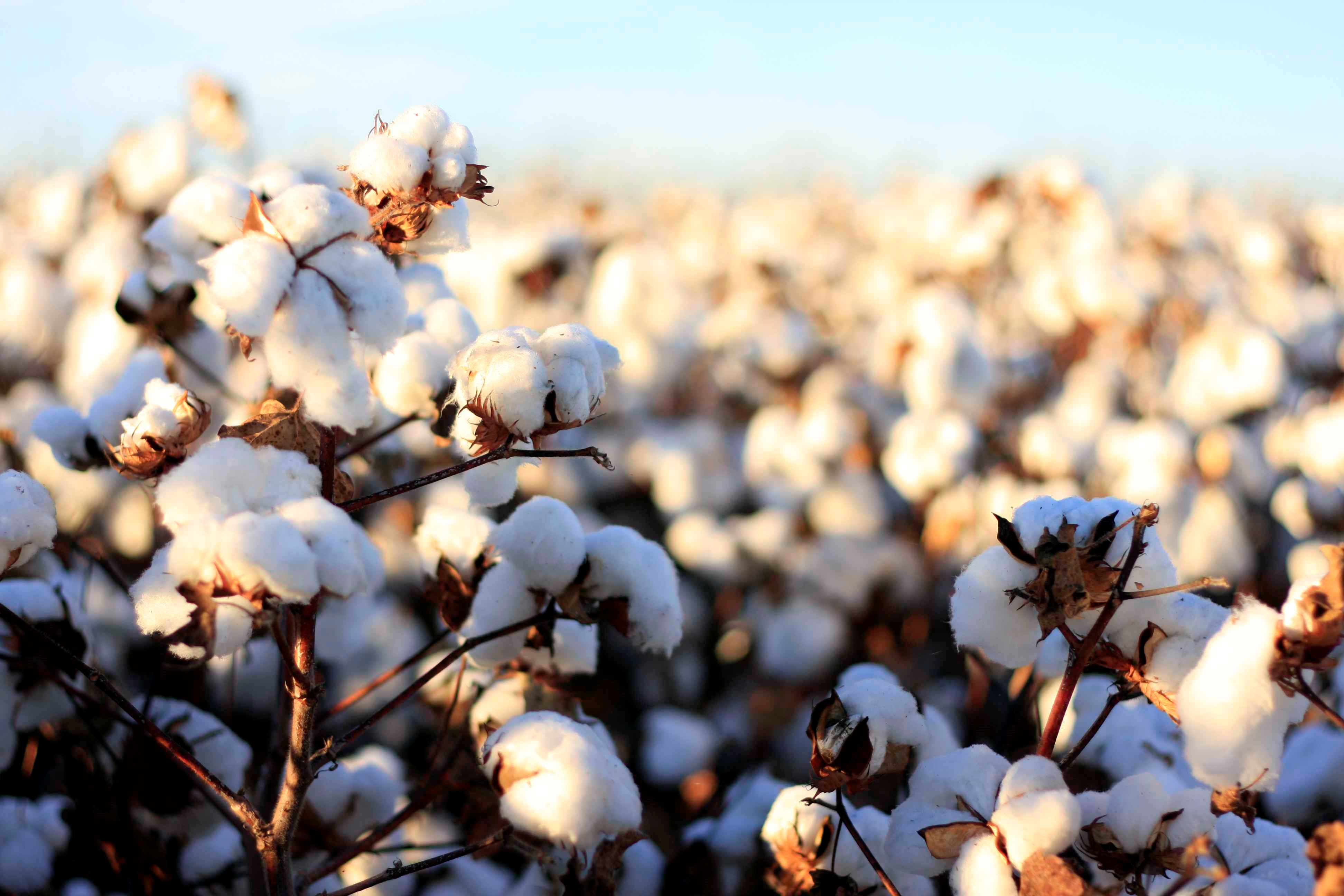
Sustainable materials are gaining traction as more and more people are trying to change the way their lives are impacting the environment. Some of these have been around for a good while – lots of people have heard about the benefits of organic cotton or reclaimed wood, to give a couple of examples. Others are a little more unusual, such as Econyl, but well worth seeking out if you're committed to living more sustainably in 2020.
For more advice on sustainable living, visit our eco hub page.
1. Organic cotton
Cotton production doesn't get nearly as much coverage as the plastic problem, but it's not called 'the dirtiest crop on earth' for nothing. Cotton uses up huge amounts of water, and commercial production has been linked to devastatingly high level of pesticide use, with far-reaching consequences for soil, aquatic life, pollinators, and human health. Organic cotton production does not use pesticides and uses less water than non-organic, partly because the nutrient-rich, pesticide-free soil is able to hold on to water better. Look for cotton that is Fairtrade, too, as it offers cotton field workers a better and more stable income.
2. Linen
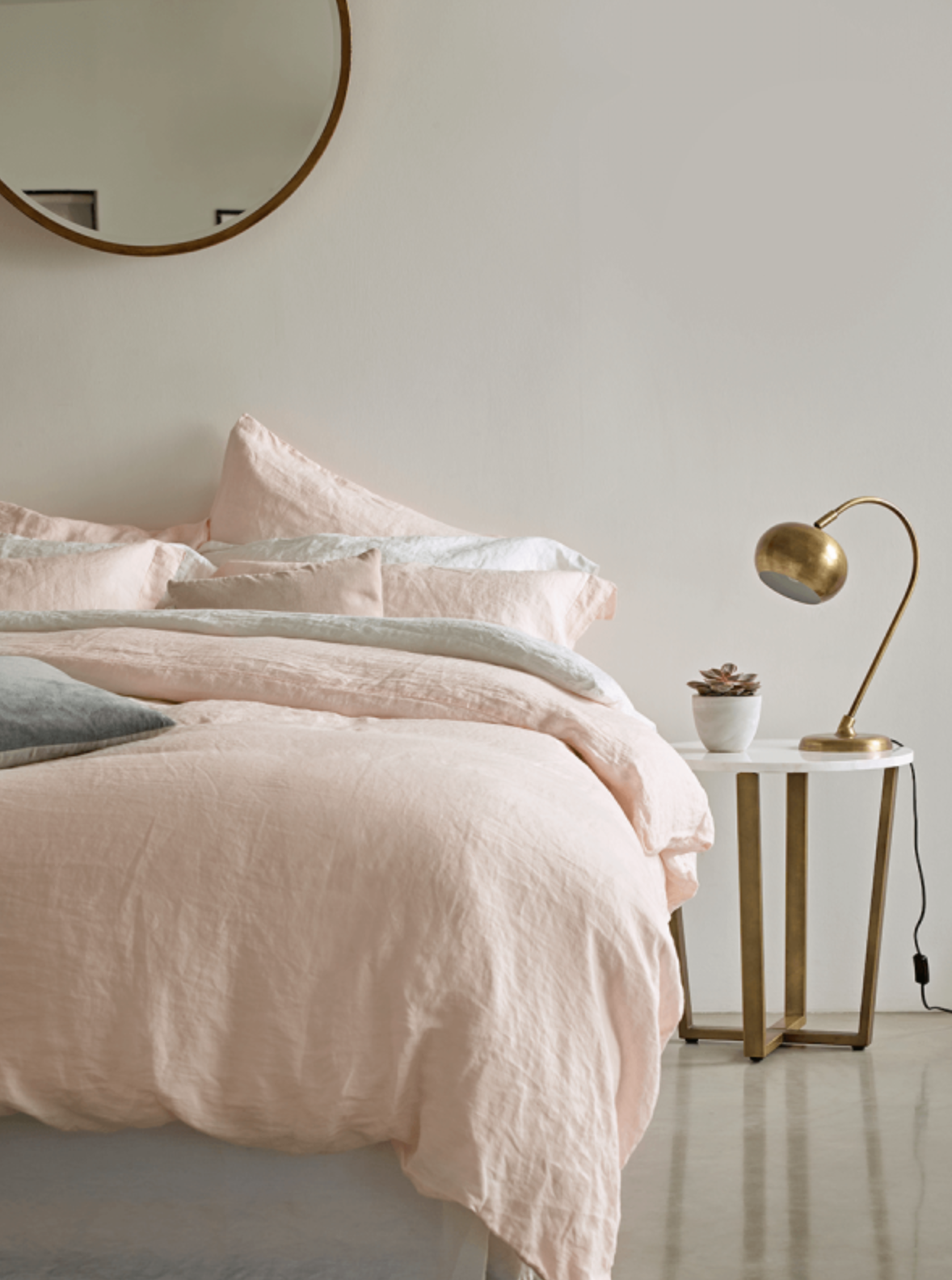
Like the breathability and softness of linen? You're in luck: this is a highly sustainable material made from flax, used in making everything from shirts to bedlinen and table linen. Linen is a very low maintenance crop that requires no artificial irrigation (only rain), no or hardly any pesticides, and is very low on waste, with all parts of the plant used for different purposes, including food for both people and animals. The vast majority of linen is produced in Europe, so it's easy to trace its provenance.
3. Reclaimed wood

There is no question that the use of slow-growing hardwoods in furniture manufacturing is problematic, and not all timber that gets to the UK for manufacturing is properly managed/FSC-certified. Reclaimed wood is your best bet for sustainable furniture and sustainable flooring. Designs are getting better every year, so you don't have to compromise on style.
4. Bamboo
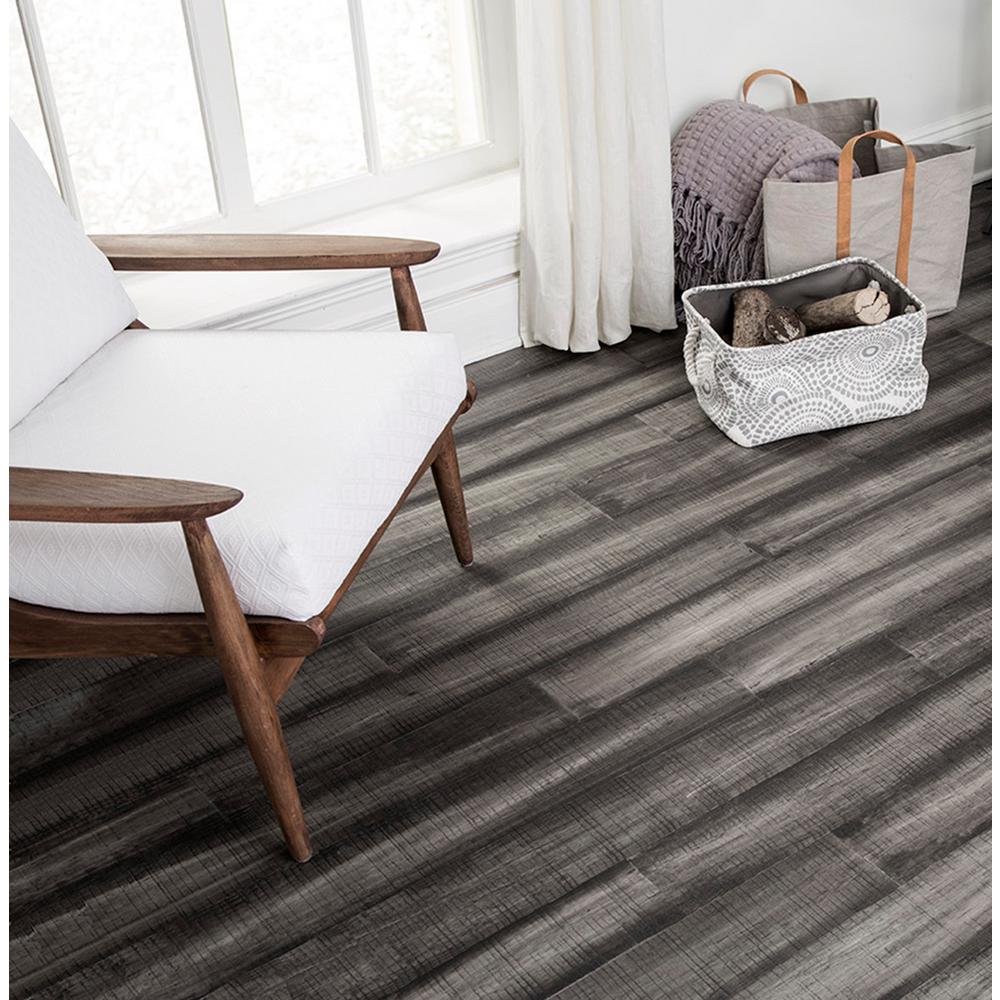
Bamboo is a highly sustainable material, because it is so fast-growing: some species of bamboo can grow by as much as a metre a day. As an agricultural crop, bamboo is very low-maintenance, requiring no pesticides and thriving even in poor soil. Thanks to its resilience, bamboo can be grown quickly and cheaply, making it an alternative to plastic for single-use products such as cutlery and many other products, from toothbrushes to flooring.
We would be a little more careful with bamboo-based fabrics such as rayon, viscose, and lyocell: while these can be made sustainably, the production process does involve the use of harsh chemicals that, if not properly managed, can and do find their ways to waterways and threaten the health of workers. Having said, the production of tencel/lyocell still has been found less harmful than that of cotton, so bamboo-based textiles are still likely to be more environmentally friendly than most other textiles out there.
Get small space home decor ideas, celeb inspiration, DIY tips and more, straight to your inbox!
Shop products made from bamboo on Amazon
5. Econyl
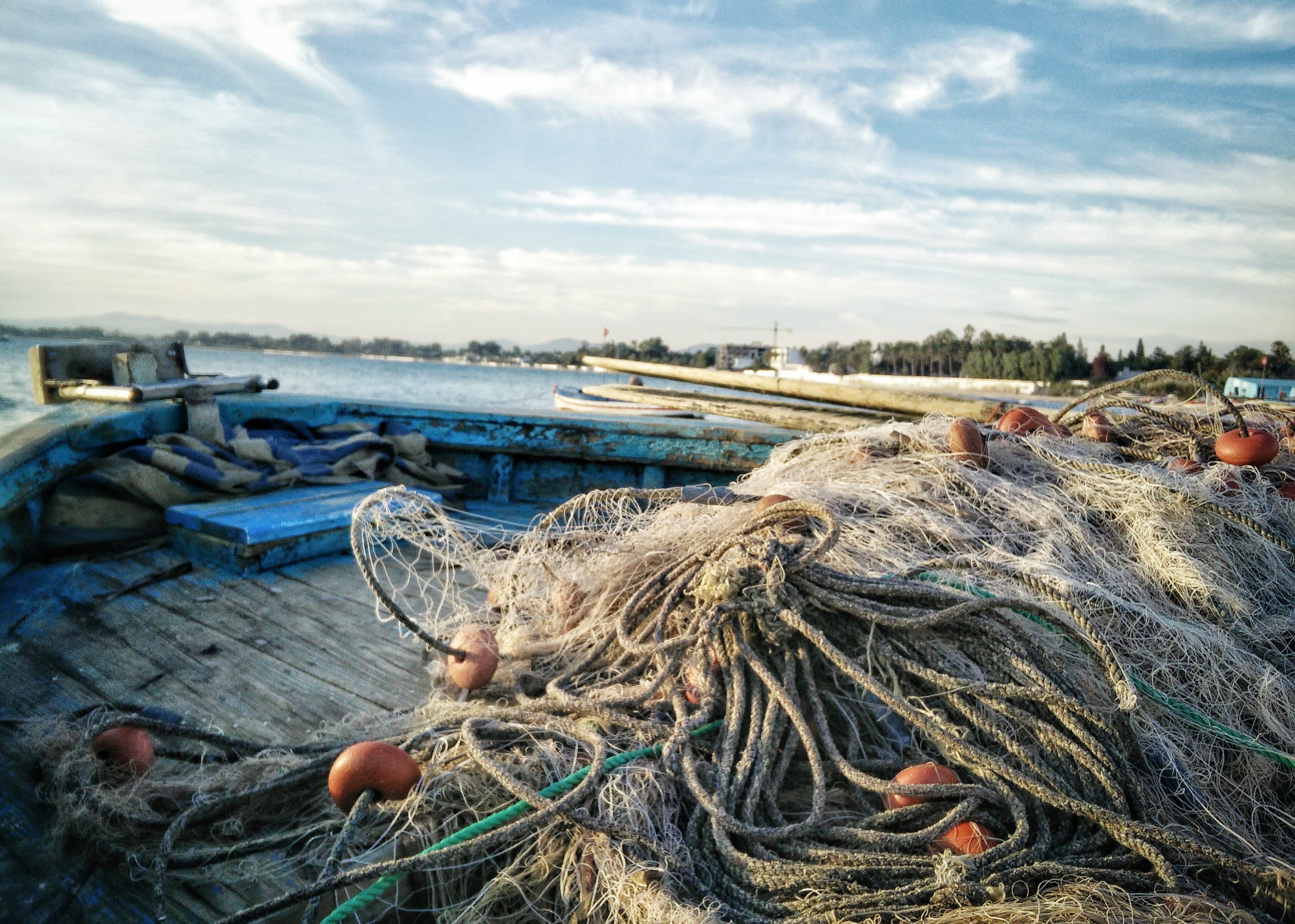
Econyl, until very recently, was a very exotic materials, but it's becoming more popular thanks to a new crop of swimwear manufacturers making the most of this zero-waste material. Econyl is made from fishing nets that are discarded in the oceans, trapping sea life in the process. Given its previous life as a fishing net, econyl is virtually indestructible and doesn't use shape: perfect for a swimming costume – or a sturdy rucksack.
Shop products made from Econyl on Amazon
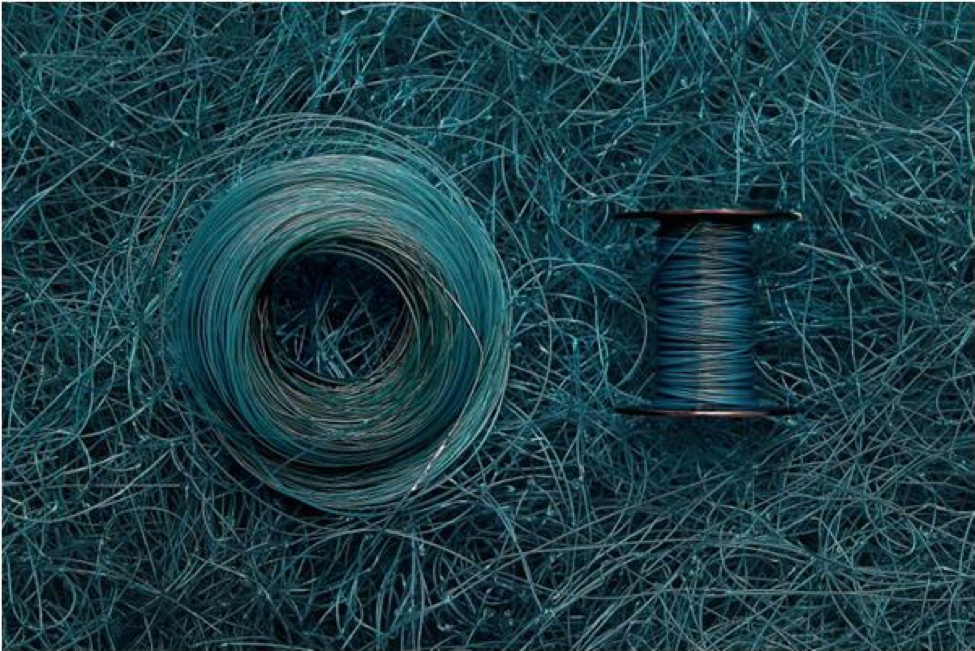
6. Aluminium
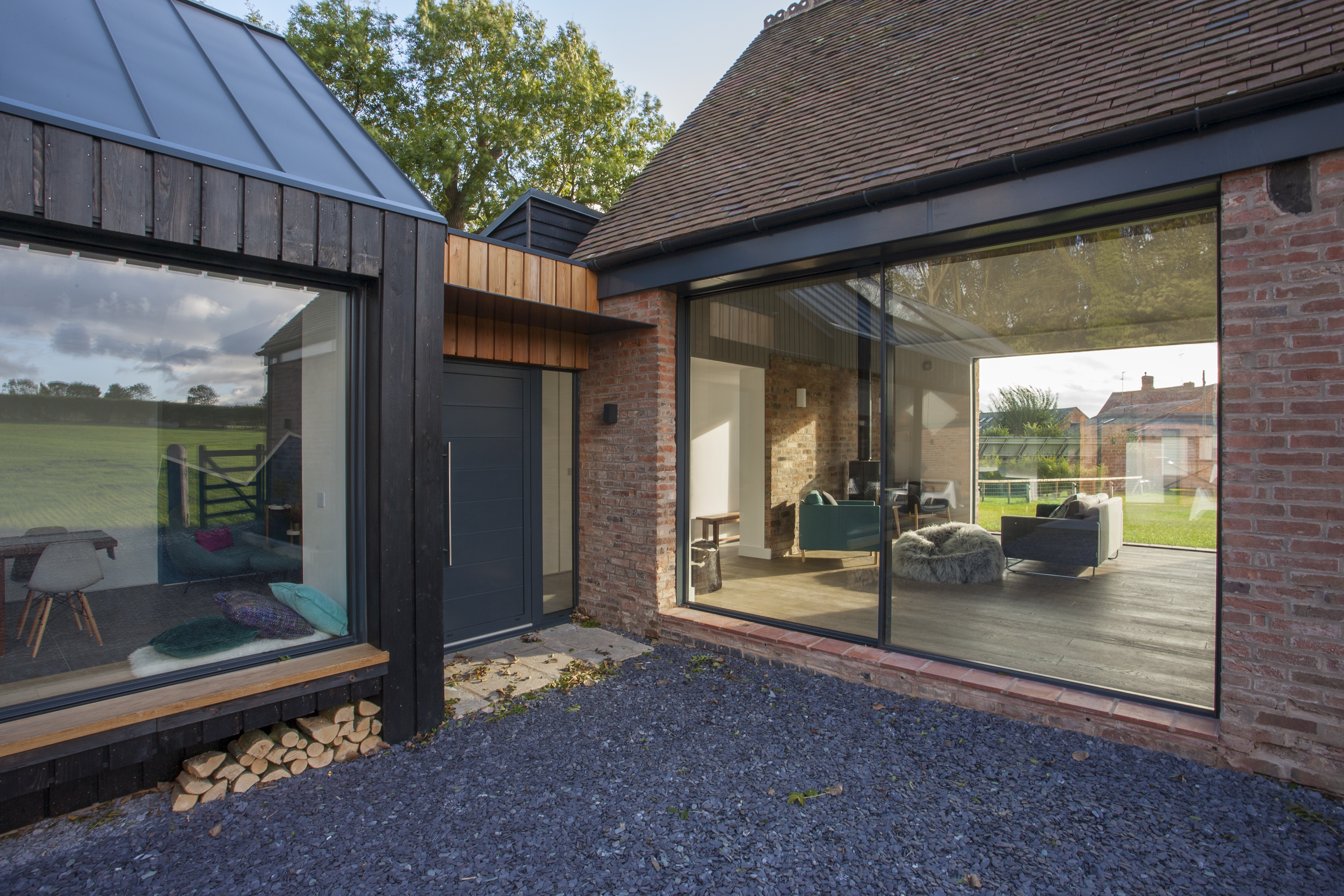
Aluminium is the third most abundant mineral on earth and can be recycled pretty much indefinitely. Even better, aluminium extraction sites have been shown to have excellent recovery rates (of around 85 per cent) – meaning that once the aluminium is extracted, the land goes back to normal and can be used in other purposes. Aluminium is used to make everything from lightweight garden furniture to window and bi-fold door frames, and is a highly sustainable material to use around the home.
7. Eco leather

If you love the durability of leather, but worry about what leather production does to the environment, look for products made from Eco Leather, or vegetal-tanned leather. The main difference between ordinary leather and eco leather is the production process: much, much less toxic in the case of vegetal tanning. It also takes longer, so will be more expensive, but it is unquestionably more sustainable. It's definitely worth confirming how the leather was tanned when buying your next leather sofa, for example.
To be clear: eco-leather is not vegan; vegan leather is the same as synthetic leather substitute.
Anna is a professional writer with many years of experience. She has a passion for contemporary home decor and gardening. She covers a range of topics, from practical advice to interior and garden design.